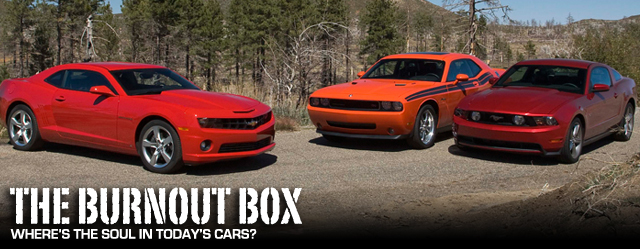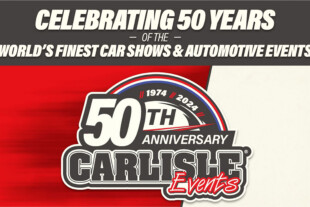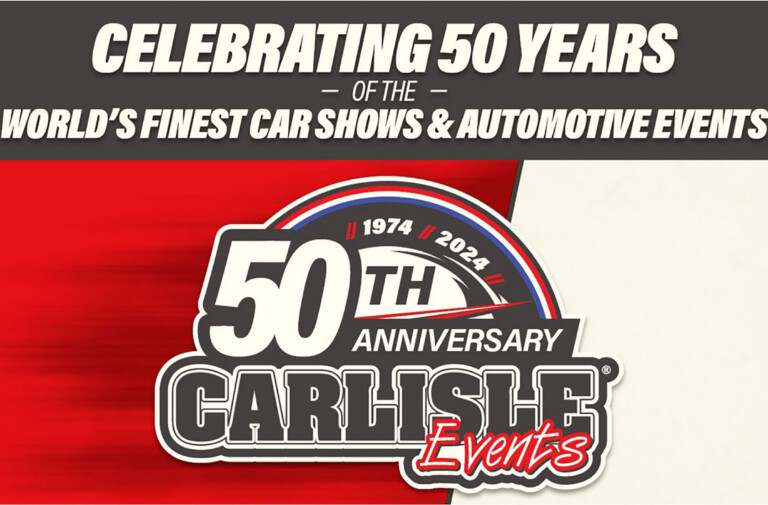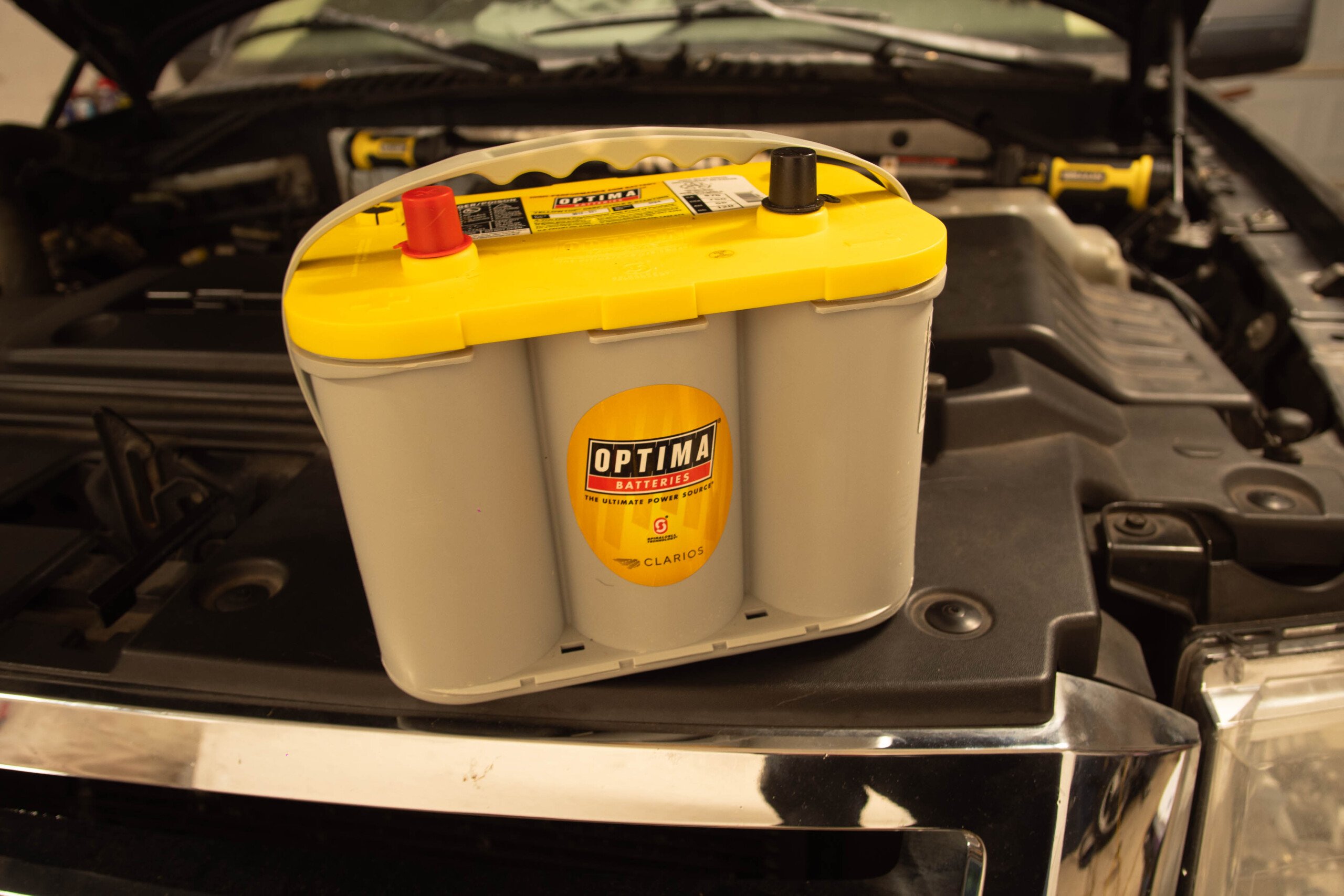Any of us that grew up through the ’60s and ’70s were very fortunate to experience the muscle car era. We can all look back to a moment in our lives when a certain car was imprinted in our mind. Maybe your brother had a ’67 Chevelle SS that he bought new and it made you an instant Chevy guy, or you saw the HEMIs run at the Super Stock Nationals and became a die hard Mopar nut. Whatever it was, it was a defining moment.
 But what stories will our kids or grand kids tell? How can they look back upon memories of hanging out at the doughnut shop in their Taurus with friends? Will the culture we love continue with those who drive a Honda or Prius? Doubtful.
But what stories will our kids or grand kids tell? How can they look back upon memories of hanging out at the doughnut shop in their Taurus with friends? Will the culture we love continue with those who drive a Honda or Prius? Doubtful.
It’s now more than 40 years since the cars of the ’60s and ’70s filled the neighborhoods of America, and have become so rare and valuable today that they are out of reach for many of us and youth. And the cars that were less desirable like station wagons and the even low-end models like Vegas, Gremlins, and Falcons are almost gone as even those have been hot rodded almost to extinction.
There are less than a handful of reasonably good looking muscle cars being produced today; we have the Mustang, the Camaro, the Charger and the Challenger.
Aside of these few newer versions of classic muscle that Detroit offers, the Big Three (and others, for that matter) have left us will so much cookie-cutter junk, produced with designs that embody so little soul or personality that they are quickly forgotten. They just fill the lots with shapely bubbles that all look the same. Today’s cars are lifeless pegs, designed to fit specified markets, differing very little besides in size and trim levels. All of which are offerings too pricey for the average consumer.
The Camaro’s LS3 makes plenty of power and fares well against its competitors, despite it being nearly identical in wheelbase and weight to a ’70 Chevelle SS 454. The Challenger is even heavier and continually comes in last place when performance is compared, while earning top scores for styling. The Mustang, amid all of these, weighs the least, performs the best and looks pretty good when compared.
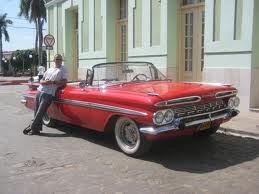 Anyone being from the muscle car era can attest that at some time in their life they either owned or knew someone that owned one of the cool pieces of iron from Detroit that terrorized the streets. The classic muscle cars of this era continue to thrive, to come out to shows, and the occasional cruises on weekends, or they come out to play at special events.
Anyone being from the muscle car era can attest that at some time in their life they either owned or knew someone that owned one of the cool pieces of iron from Detroit that terrorized the streets. The classic muscle cars of this era continue to thrive, to come out to shows, and the occasional cruises on weekends, or they come out to play at special events.
It’s hard to imagine some future when a budding car guy seeks out a then-rare ’08 four-door Charger Daytona sitting in someone’s backyard, the way we would if it was a ’70 Nova SS. But we never thought a plain-Jane 327 four-door ’68 Impala would be considered rare, either…
I can remember looking at my aunt’s car, a ’66 Chevelle 4-door. And why does it seem like all our relatives owned the 4-door versions of the cars we liked. I would say, “Who walks into a dealership and says, ‘I’ll take that 4-door 250-cubic-inch Malibu,’ when there were so many choices of real deal muscle?”
Either way, we’re talking about soul. And for what its worth, today’s cars just seem to lack it. Ever sit behind the wheel of a ’57 Chevy, or an early ’60s Impala? If you have, you’d know what we are talking about.
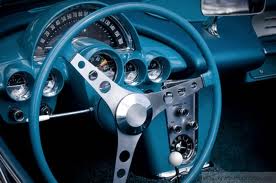 Old classics and muscle cars had real soul. When you look at all the chrome on the dashboard or you see that big Hurst shifter coming up through the floor, it made you feel like you are on top of the world. Real steel, miles of chrome, a big V8 with a rumble that shook you up through the seat and to your bones. While age has tempered today’s cars with sound deadening, cruise control and other amenities, all it has succeeded in doing is removing the driver from the visceral, hands-on experience of driving these cars.
Old classics and muscle cars had real soul. When you look at all the chrome on the dashboard or you see that big Hurst shifter coming up through the floor, it made you feel like you are on top of the world. Real steel, miles of chrome, a big V8 with a rumble that shook you up through the seat and to your bones. While age has tempered today’s cars with sound deadening, cruise control and other amenities, all it has succeeded in doing is removing the driver from the visceral, hands-on experience of driving these cars.
I can remember when the Mopars were running around the streets in the ’70s, the 340s and the 440s all had their own distinct sound that got your blood pumping even just as they rolled up to the traffic lights. It seemed like big block Chevelles and Novas were everywhere back then too.
Cars had character – not just raw power – and they all, no matter what make, had styling traits that were unique to the brand. They were not cookie cutter bubbles on wheels that cannot be distinguished from all the other makes like we have today.
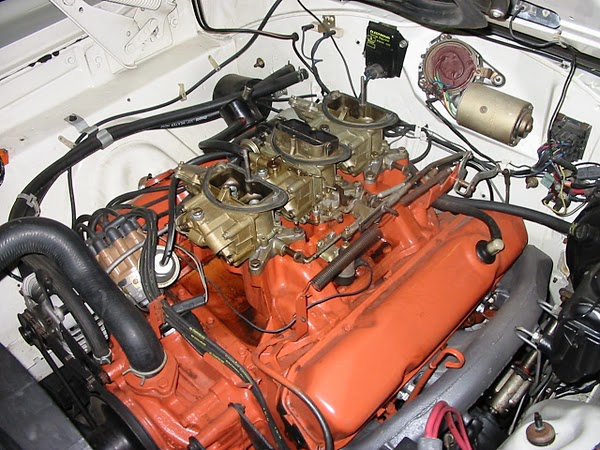 When we used to hang out with our buddies and we heard something rumbling toward us, we would all look to see if it was a the local big block Corvette or HEMI Road Runner, or someone new in town looking for some action.
When we used to hang out with our buddies and we heard something rumbling toward us, we would all look to see if it was a the local big block Corvette or HEMI Road Runner, or someone new in town looking for some action.
Do we look today? (Can we even hear them?) Absolutely not! Was that a Ford Explorer or a mini van that just went by? Maybe it was a Mini or a Prius. Who cares? These new cars all sound the same, almost like electric cars, whooshing by with their low toned hums and muffled sounds.
Take a look at the cars of the ’50s, ’60s, and ’70s; now those cars had personality. Our technology is so much better, but the body styles definitely need to change if the car hobby is going to continue into the next 25 years. We car guys don’t have to be a dying breed, but we are in dire need of vehicles that will have the style and design to support the car hobby and ensure its longevity.
Maybe its just me, but I find it hard to get in a new car and smell all that cheap plastic. Where’s the muscle car smell? The vinyl? The smell of a well-oiled machine? Gone. Today’s cars have insulated us from the machinery that make our cars. Heck, you have to watch the tachometer just to see if the engine’s running.
It’s probably not as bad if you’re a kid growing up around today’s cars, but as long as you haven’t been privileged to actually see or ride in some of the early Detroit muscle or classics, you really don’t know what you’ve been missing.
Times have changed and technology advances, but it doesn’t have to be boring. We need to spark things up and come up with new designs that have real style and soul! We need some change for the car hobby to continue. We had a lot of great cars come from Detroit in the past, and its about time we started seeing some new variations of performance and styling on automobiles being produced again.
-Scott



